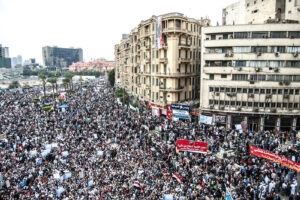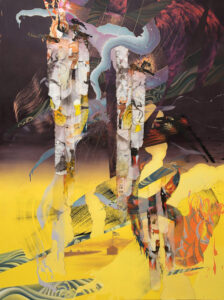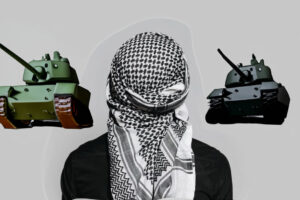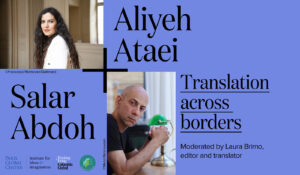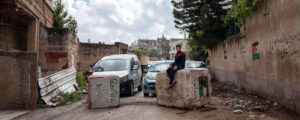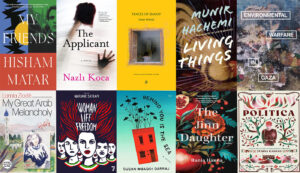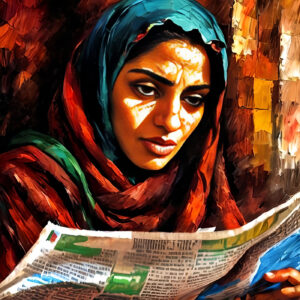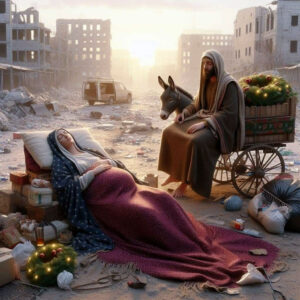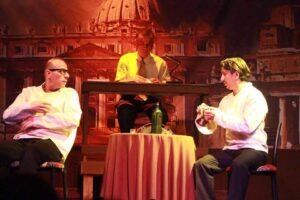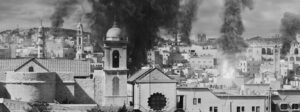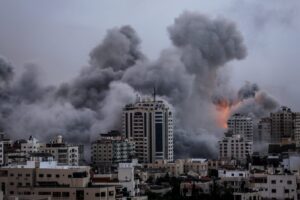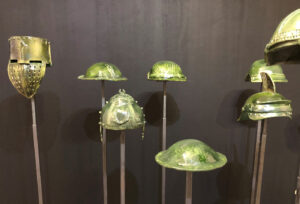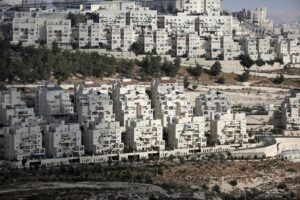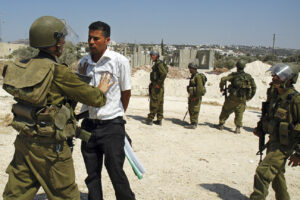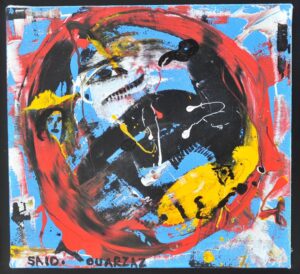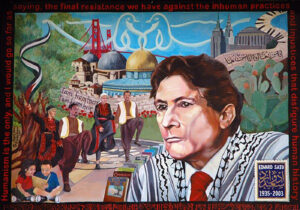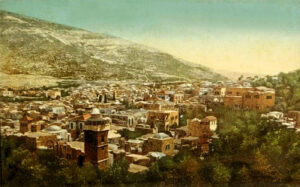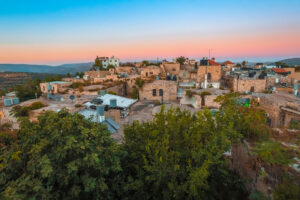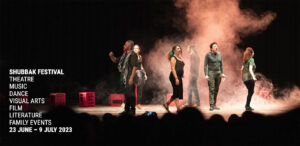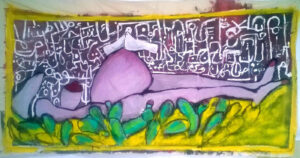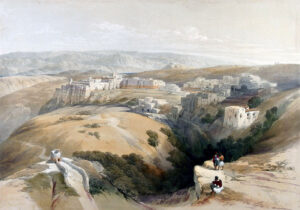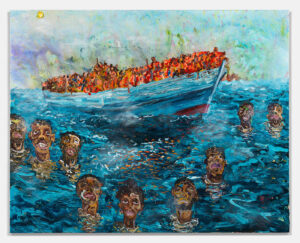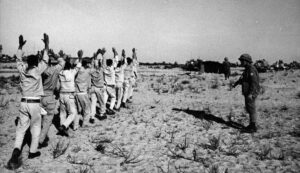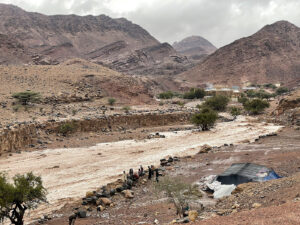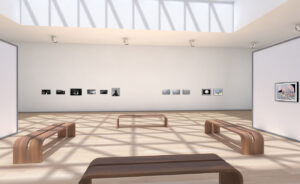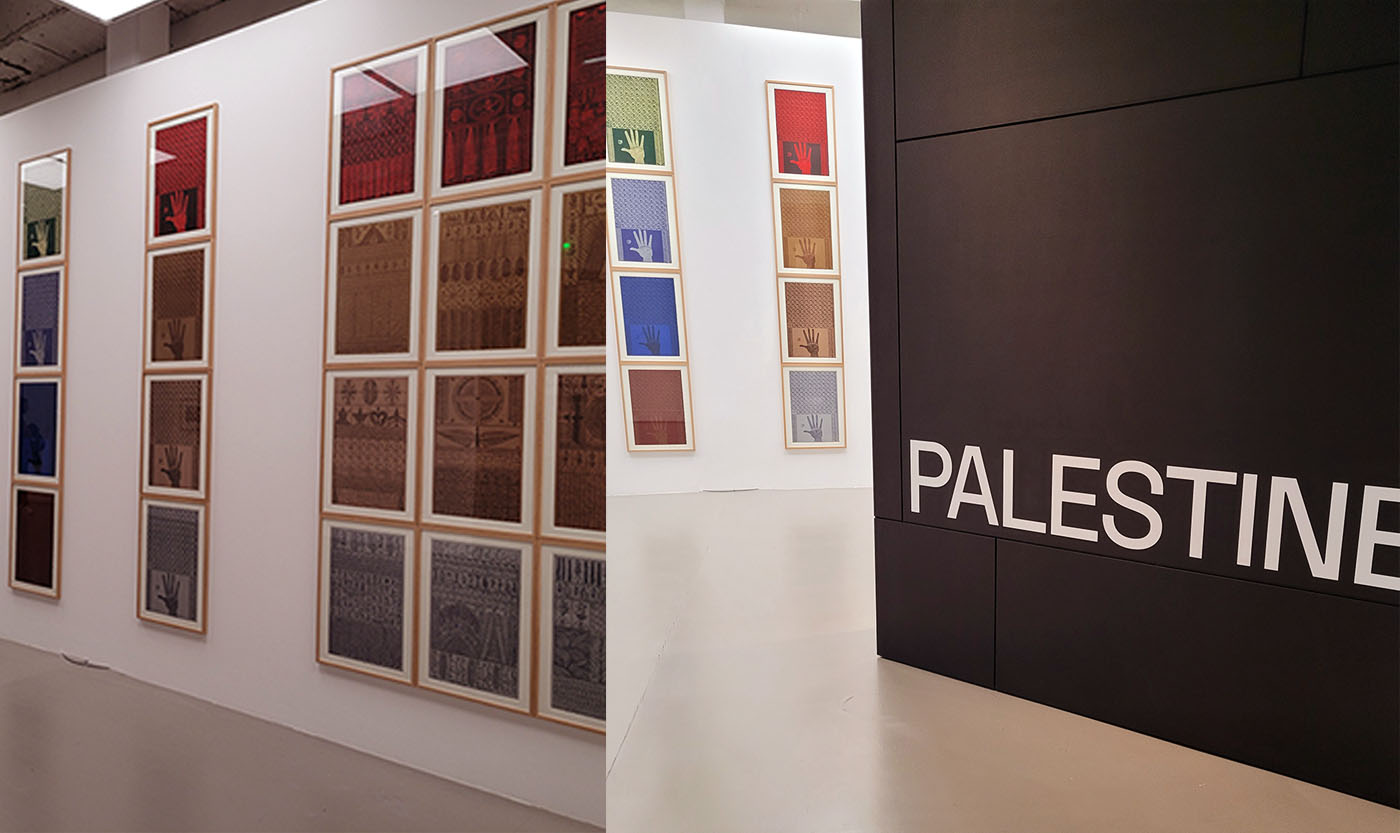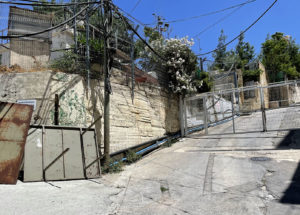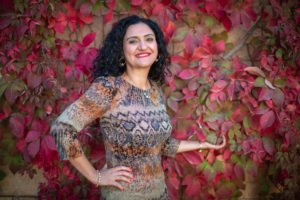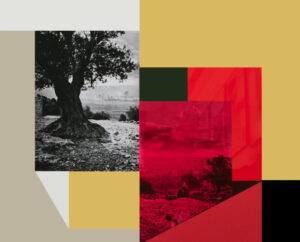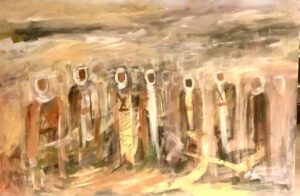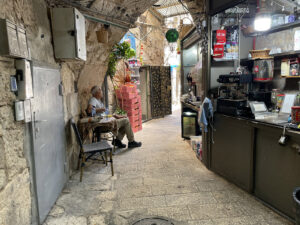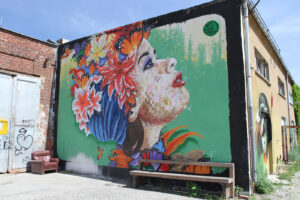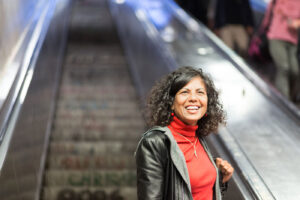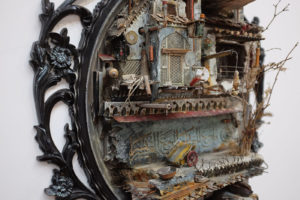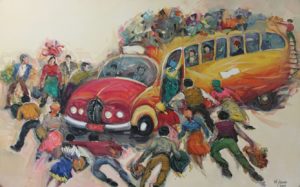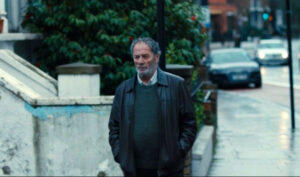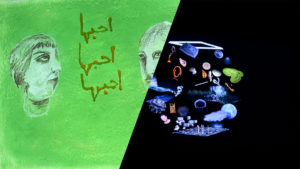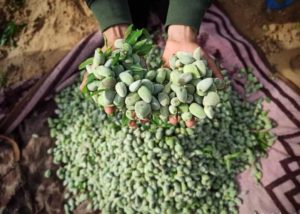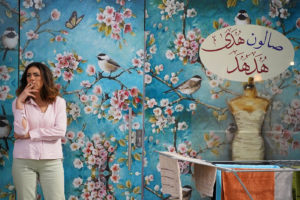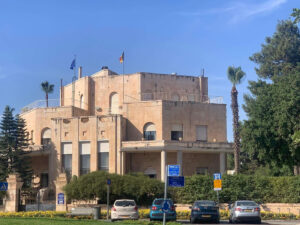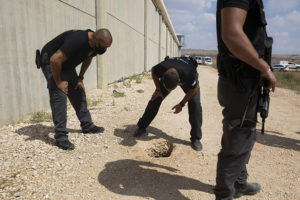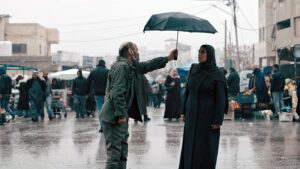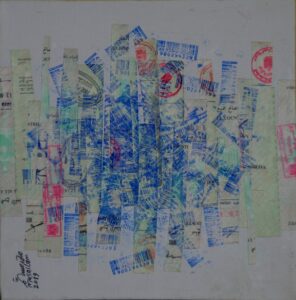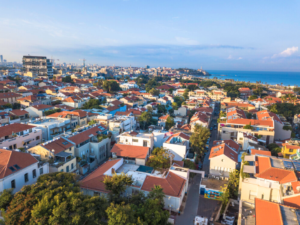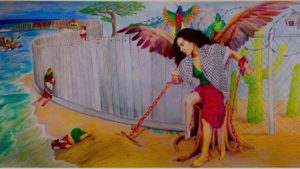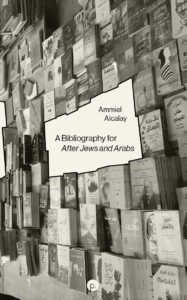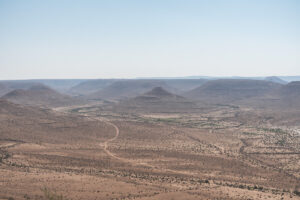Two years into a concerted extermination of the Palestinian population of Gaza, Taqwa Ahmed Al-Wawi recounts her many displacements and affirms the importance of writing, not just for her own sake but for the sake of her people.
These days, when the media talks about Gaza, the conversation often begins and ends with the date October 7, 2023. Unengaged observers surmise that this is when the genocide “began.” But for me, a 19-year-old woman living in Gaza, that day was only the beginning of the latest chapter of the Palestinian genocide. And this genocide is the continuation of a tragedy that started long before my parents were even born.
The real beginning was 1948, the year of the Nakba — the Catastrophe. That’s when 750,000 Palestinians were forcibly expelled from their homes by Zionist militias; their land was stolen and some 500 of their villages were wiped off the map. These were living communities, with children playing in the fields, mothers baking bread in clay ovens, and olive trees seemingly older than time itself.
I sit at my desk, my fragile refuge, and my mind overflows with a thousand images, each demanding attention. I try, with all the discipline I can muster, to separate the writings meant for myself from the writings meant to tell the story of my people. The distinction is important. For myself, I write to release the weight pressing down on me — the exhaustion, the hunger, the grief I cannot speak aloud. Writing is my therapy; it drains the toxicity of my thoughts, leaving me a little lighter. Yet when I write the stories of my people, the process is different. Every word is a struggle, every sentence a negotiation with reality itself. I search endlessly for phrases that can convey the depth of our suffering, despite knowing that mere description will never suffice. I write to show, not to explain — letting images, moments, and gestures carry the weight of pain, rather than pronouncing it outright.
I have loved writing and reading since I was a child. Since the genocide began, they have become my escape from the continuing destruction — a small universe I’ve created, one that still moves while the streets outside are frozen in grief. My journey into publication began in February. Since then, I have written over forty articles and twenty-five poems, sending them out to platforms that have shared them far and wide, including this one. Some of my work has been translated, appearing in Turkish, Italian, French, Bosnian, Dutch, and Kannada. Certain platforms have republished my pieces, amplifying the voices I strive to represent. How often I wish I could write of beauty rather than sorrow; but I believe that every person in Gaza carries a story that must be told, and it’s imperative we continue to write, to transmit our experiences to the world. If we do not, the world will only hear the occupiers’ version of our lives.
I write about everything we endure — the suffering, the small triumphs, the stories that flicker in the spaces between destruction. Writing is my companion, my solace, my friend when I feel cut off from the outside. For most writers, receiving payment brings joy. For me, it is an ordeal. I struggle to fill in forms, to find ways to transfer funds. When I do, commissions devour a large portion of the fee. What is the value of money in any case, when markets are empty, and the simplest pleasures — a bag of chips, a little red corn — have been unavailable for months?! Money feels meaningless, almost absurd, in a place where life itself teeters on the edge. Yet I know that when life returns to its familiar rhythms, when the shops are replenished and everyday necessities are again within reach, I will rediscover the purpose of money. Until then, writing remains my true currency, a measure of survival, resistance, and hope.
Despite everything, we are a people who refuse to forget. I write this today because our voices are constantly buried under headlines that never tell the full story. We are not just casualties or political chess pieces. We are people — with memories, with dreams, with pain, and with stories.

My Life Under Siege
Life in Gaza is a constant storm. Every day is a struggle to survive, every night a battle with fear and loss.
I have lost many of those closest to me, both family and friends. My aunt Asmaa, my uncle’s wife Neveen, and my cousin Fatima (2 months old) were martyred by the Israeli occupation on November 1, 2023. Later, my uncle Abd al-Salam and my young cousins Huthaifa (13) and Hala (8) were also martyred on December 30, 2023. My closest friends — Shimaa Saidam (October 15, 2023, 19 years old), Raghad Al-Naami (October 16, 2023, 19 years old), Lina Al-Hour (October 27, 2023, 19 years old), Mayar Jouda (October 31, 2023, 18 years old), and Asmaa Jouda (May 24, 2025, 21 years old) — also lost their lives. Each of their lives was its own universe of meaning, and now each death has carved a hole inside me, as though a part of me has been erased.
We have been displaced many times, moving from Al-Zawayda to Rafah and back, searching for a safe harbor that is nowhere to be found. During my longest displacement in Rafah, I carried only the essentials: my ID, a few clothes, and my large notebook holding all my studies and writings. This bag has become my vessel for survival, memory, and resistance.
1948 – The Nakba, the Origin of Our Pain
Every Palestinian family has its own story of the Nakba. So many were forcibly expelled during the violence that accompanied the creation of the state of Israel, and every family has been adversely affected by that violence.
I remember the long afternoons spent with my grandfather, when my siblings and I would sit around him, listening to stories about Zarnuqa, my family’s original home. I grew up hearing its name whispered in my grandfather’s prayers. My grandfather was too young to have witnessed the Nakba himself, but he spoke from what his father had told him, from the memories passed down through the family. Every time he talked, his voice carried both sorrow and pride, as if the village itself was speaking through him.
I’ve loved history since I was a child, so I spent countless hours researching and reading about Zarnuqa, drawing mental maps of the village, trying to imagine the life that once thrived there. I pictured the houses made of adobe bricks, surrounded by small gardens and cactus hedges, and the citrus and fruit trees that filled the air with their scent every morning. My grandfather described the village as a trapezoid, the long western side forming the base, each corner holding the memories of entire generations.
The village pulsed with life, vibrant and full of motion. I imagined the minaret of the mosque rising from its center, the whole village radiating out from that point: the boys’ and girls’ primary schools where children learned not only reading and writing but also farming, raising poultry, and keeping bees on a six-dunum plot attached to the school. The weekly Saturday market was the village’s heartbeat, filled with merchants from Jaffa, Lydda, and Ramla, their voices advertising their wares mixing with the chatter of villagers exchanging news and stories, everyone breathing in the aroma of the fresh fruits on display. Relying on his own father’s memories, my grandfather described, in precise detail, how Israeli forces from the Giv’ati Brigade arrived on May 27, 1948, during Operation Barak. They pulled families from their homes under the scorching sun, forcing them to surrender the few weapons they had, and then expelled them towards Yibna, thirsty and hungry. Their homes were destroyed behind them, and the lands that had sustained generations were seized by settlers. Only a few mulberry and cactus trees remain now, silent witnesses to what once was.
He painted the scene for us — of children playing under the citrus trees, women carrying water from wells, men plowing fields beneath the sun, laughter filling the courtyards — before everything turned upside down. The Nakba was not just about displacement; it was the destruction of an entire way of life, severing the bonds of generations.
Still, I never expected that one day we would live through a Nakba even harsher than that of 1948. Today, as we endure this genocide, the pain is no longer a memory — it is immediate and relentless. The stories my grandfather told me, once distant echoes, are now the shadows of our daily reality. And I realize that history is not just something remembered — it is something we continue to live, every moment, with every breath we take amidst the ruins.
Gaza Before October 7 – A Cage in Plain Sight
Since 2007, the Gaza Strip has been subjected to a suffocating blockade by both Israel and Egypt, effectively sealing off 2.3 million people from the outside world. This blockade controls nearly every aspect of daily life — what enters, what exits, who can move, and who cannot. It has turned Gaza into what many human rights organizations call “the world’s largest open-air prison.”
Even before this latest phase of the Palestinian genocide, Gaza had endured four large-scale military assaults; I have lived through them all. In 2008-09 when I was 2-3 years old, in 2012 when I was 6, in 2014 when I was 8, and 2021 when I was 15. Each war left behind thousands of dead and tens of thousands injured. The civilian infrastructure — homes, schools, mosques, water systems — was repeatedly destroyed. In each case, reconstruction was slow, underfunded, and often blocked by political conditions.
And each time the bombs stopped falling, the world’s attention faded. The cameras turned away. But for us in Gaza, the struggle never ended.
Now, the siege has become a genocide. We must get used to new hardships every day, entirely separate from the daily threat of bombardment. For example, accessing water is a problem. There is also no gas, so cooking must be done over fire. Basic goods are scarce in the market, and when available, they are at exorbitant prices.
In our family, we eat one meal a day, and if we are lucky, two. Some people I know go days without eating, surviving only on salty water or a bowl of soup. I consider myself lucky when my father manages to buy flour, even at an unreasonable price, because he works so hard to provide it.
The catastrophe isn’t new
I don’t write any of these words to seek sympathy: I write them to demand action. To speak for those who no longer can. To say: We are still here. We have not forgotten. We will not stop resisting. We will preserve our memories, both good and bad, and keep them alive — until the day we return.





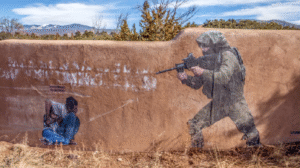
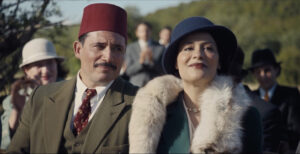


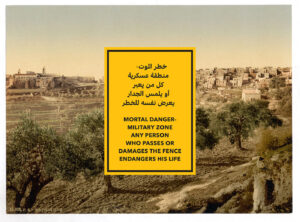

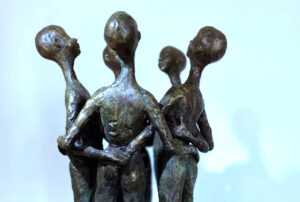
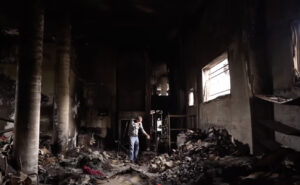

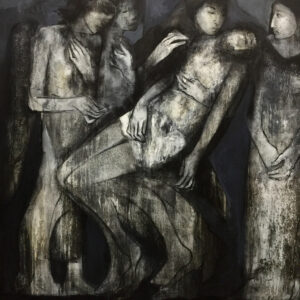


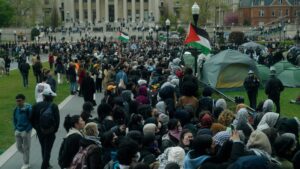
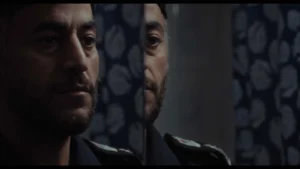
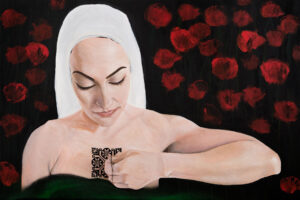

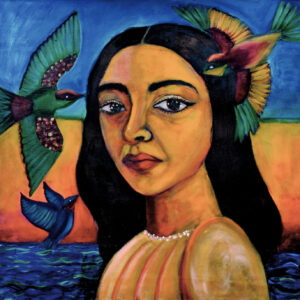
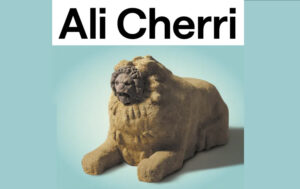

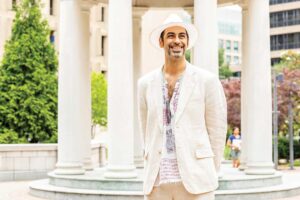
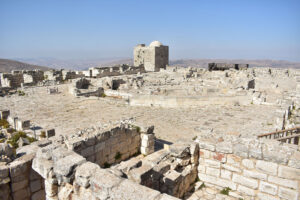
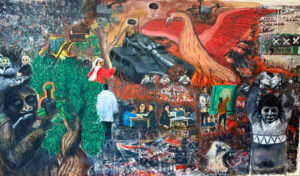
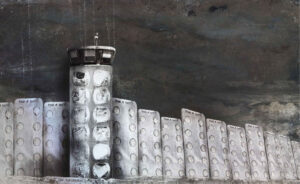
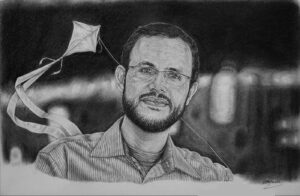
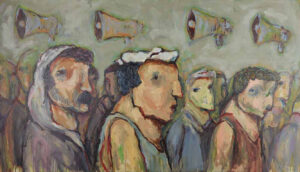
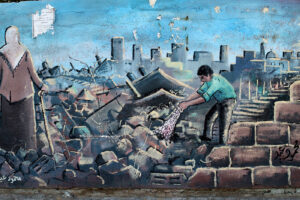
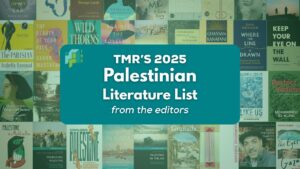
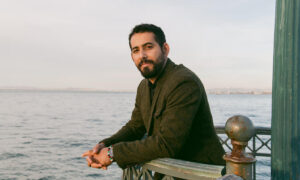
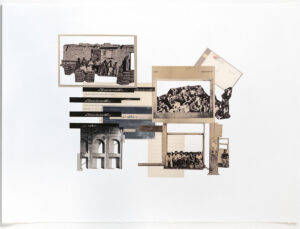
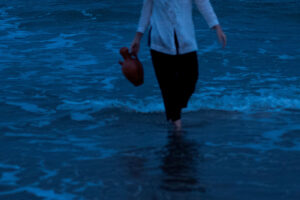

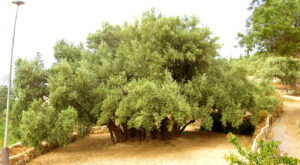
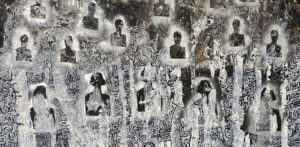

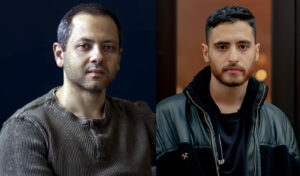

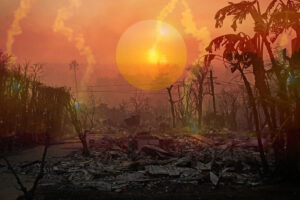
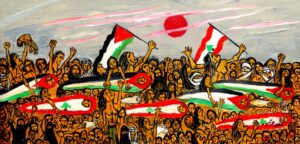

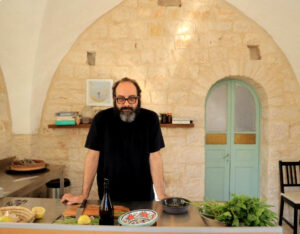






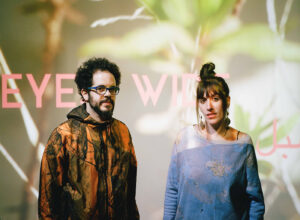



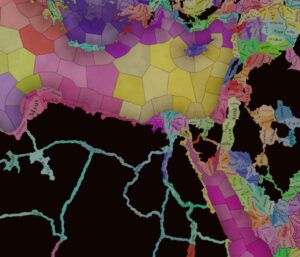
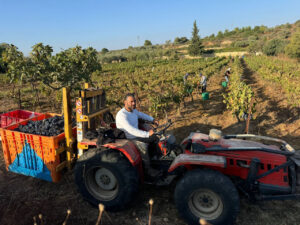

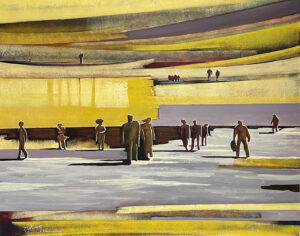

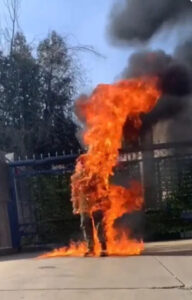

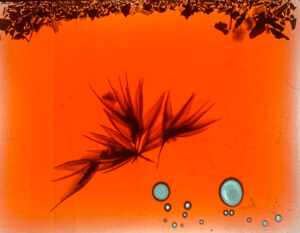
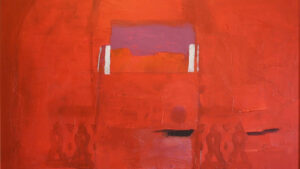


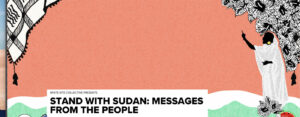
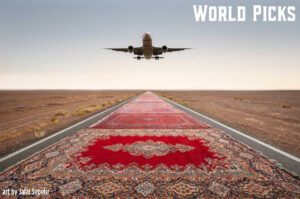

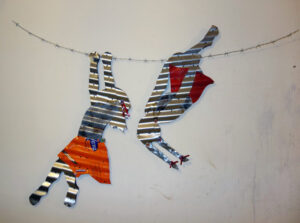

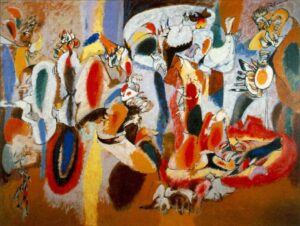


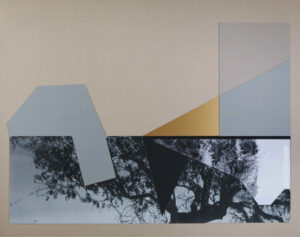
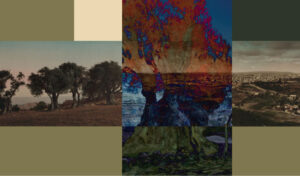
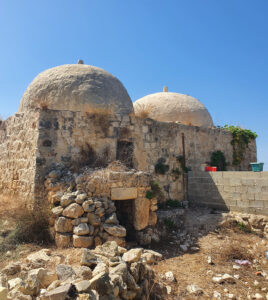
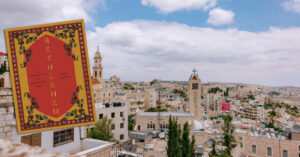
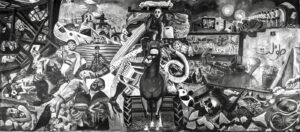

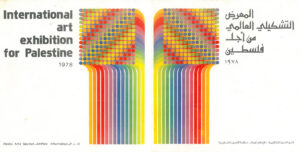
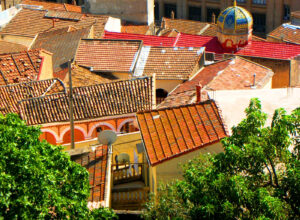
![Fady Joudah’s <em>[…]</em> Dares Us to Listen to Palestinian Words—and Silences](https://themarkaz.org/wp-content/uploads/2024/03/SAMAH-SHIHADI-DAIR-AL-QASSI-charcoal-on-paper-100x60-cm-2023-courtesy-Tabari-Artspace-300x180.jpg)


